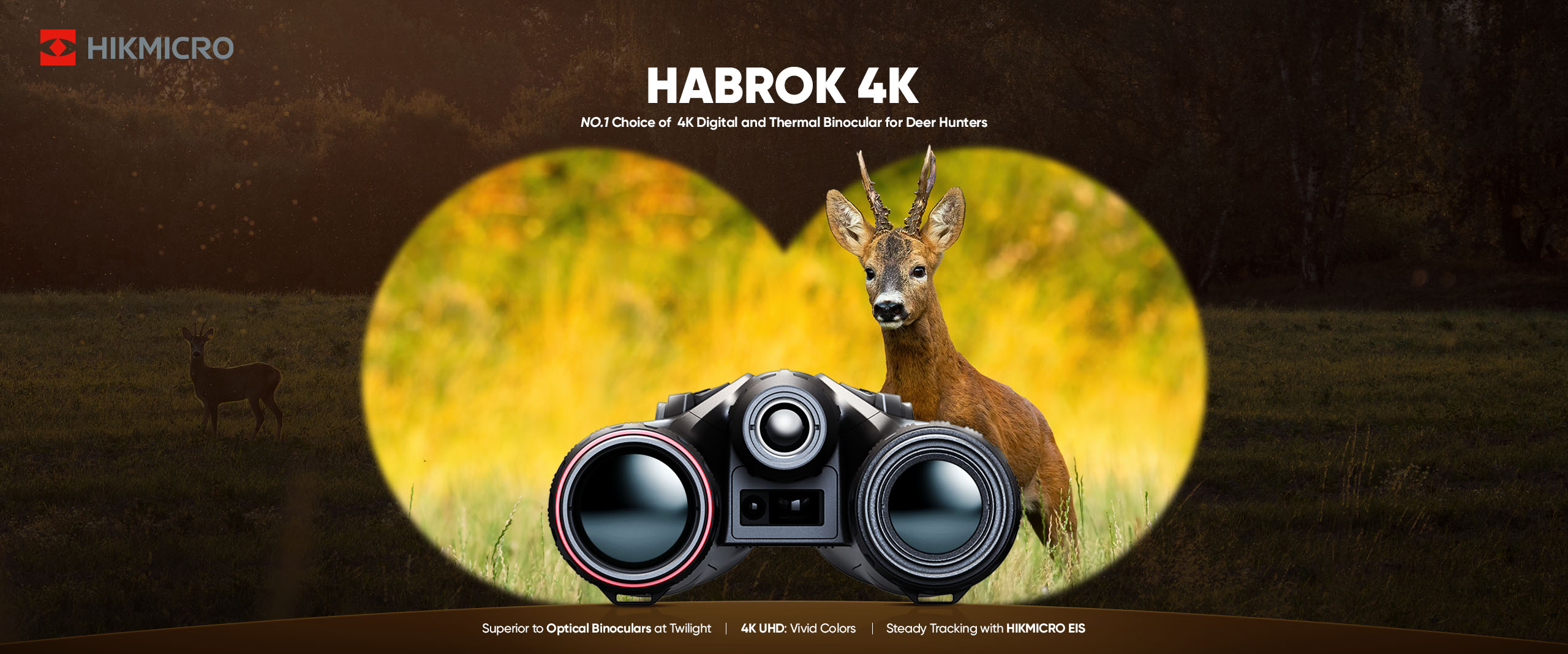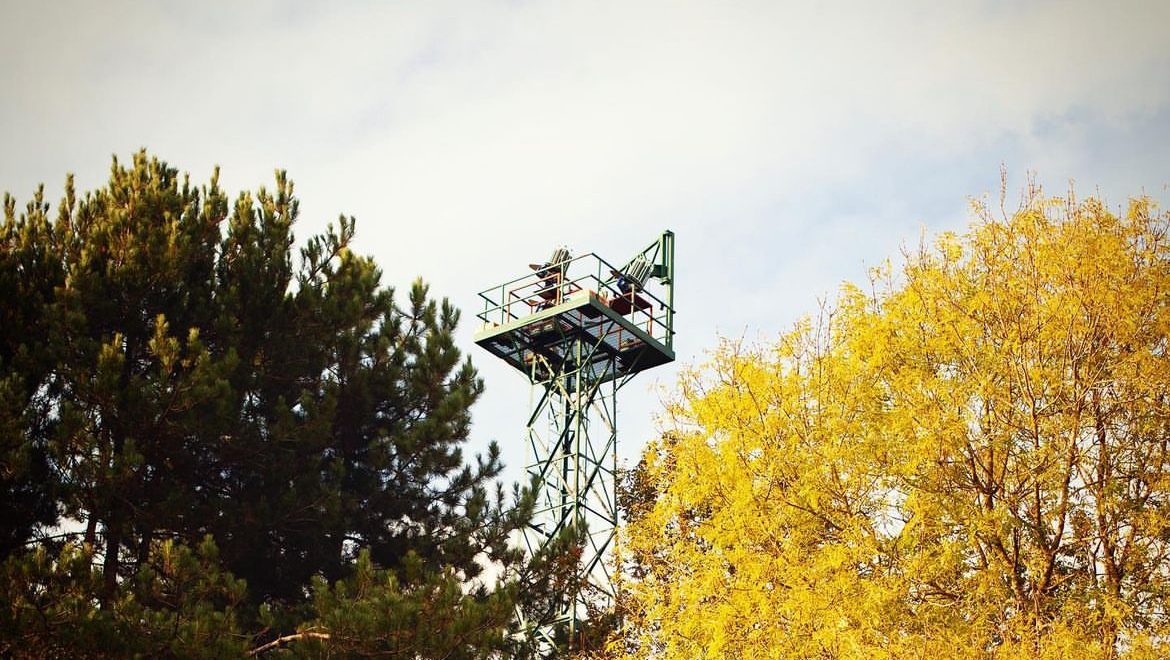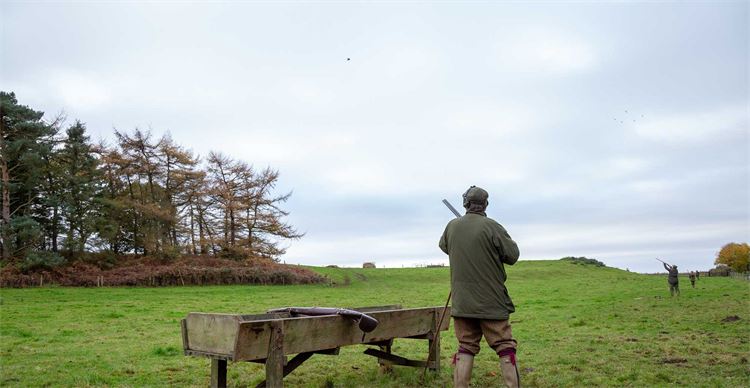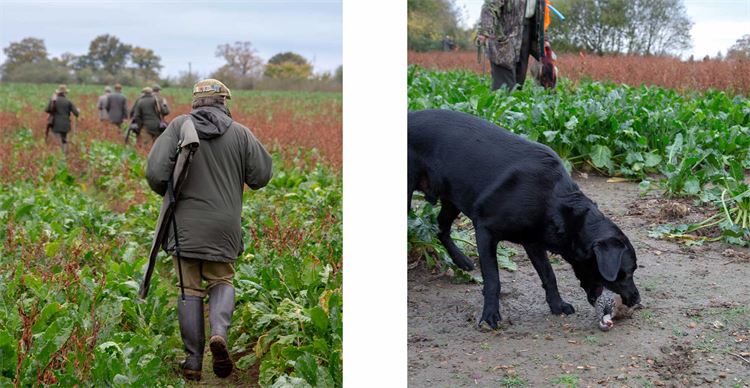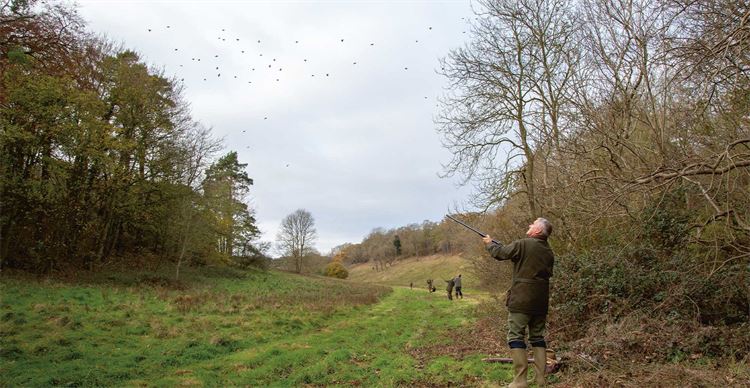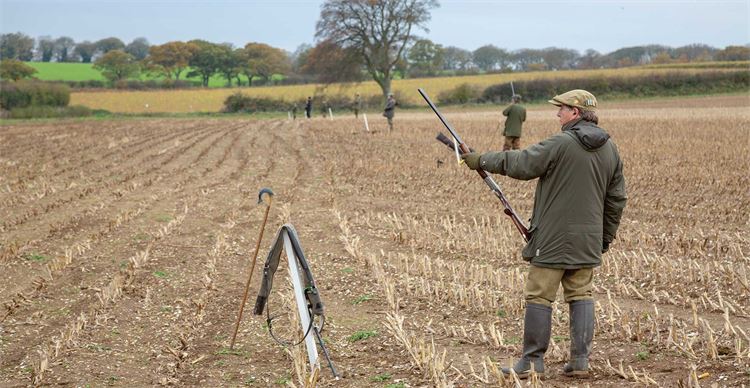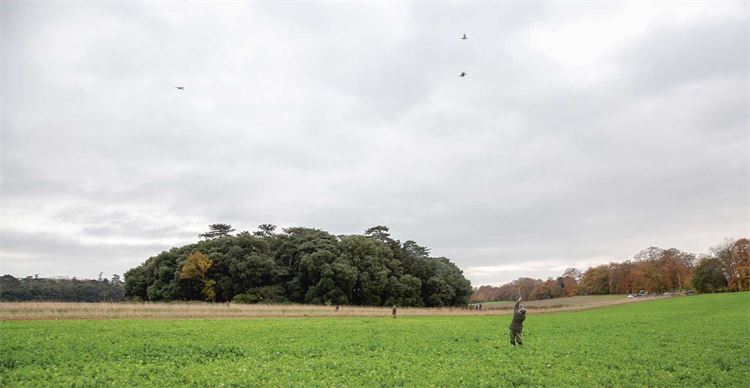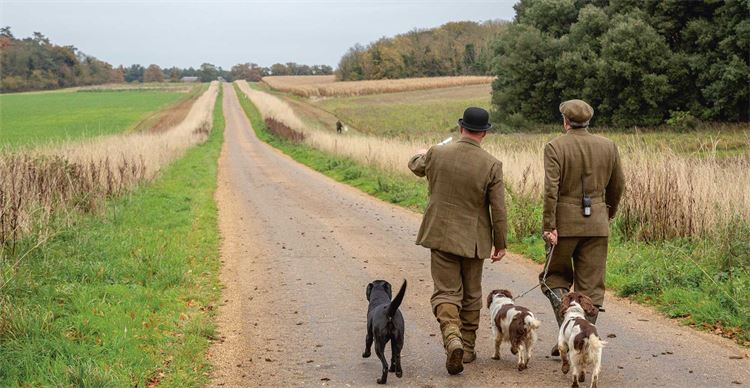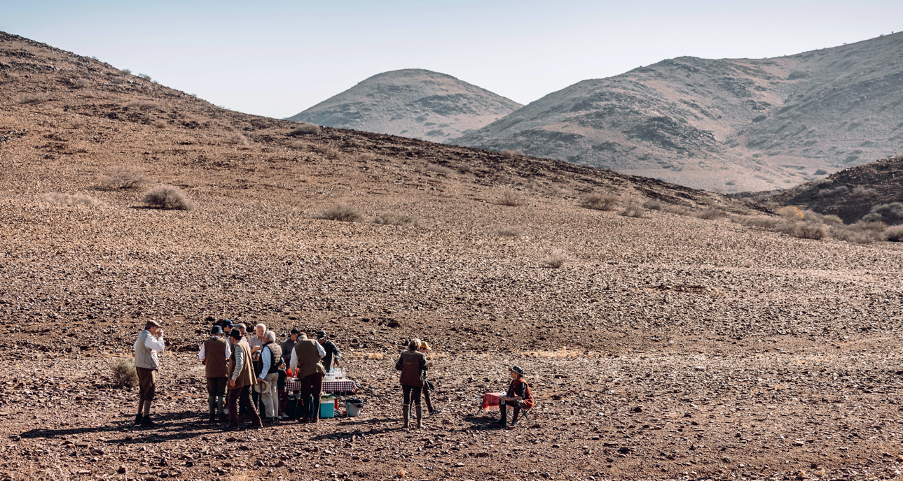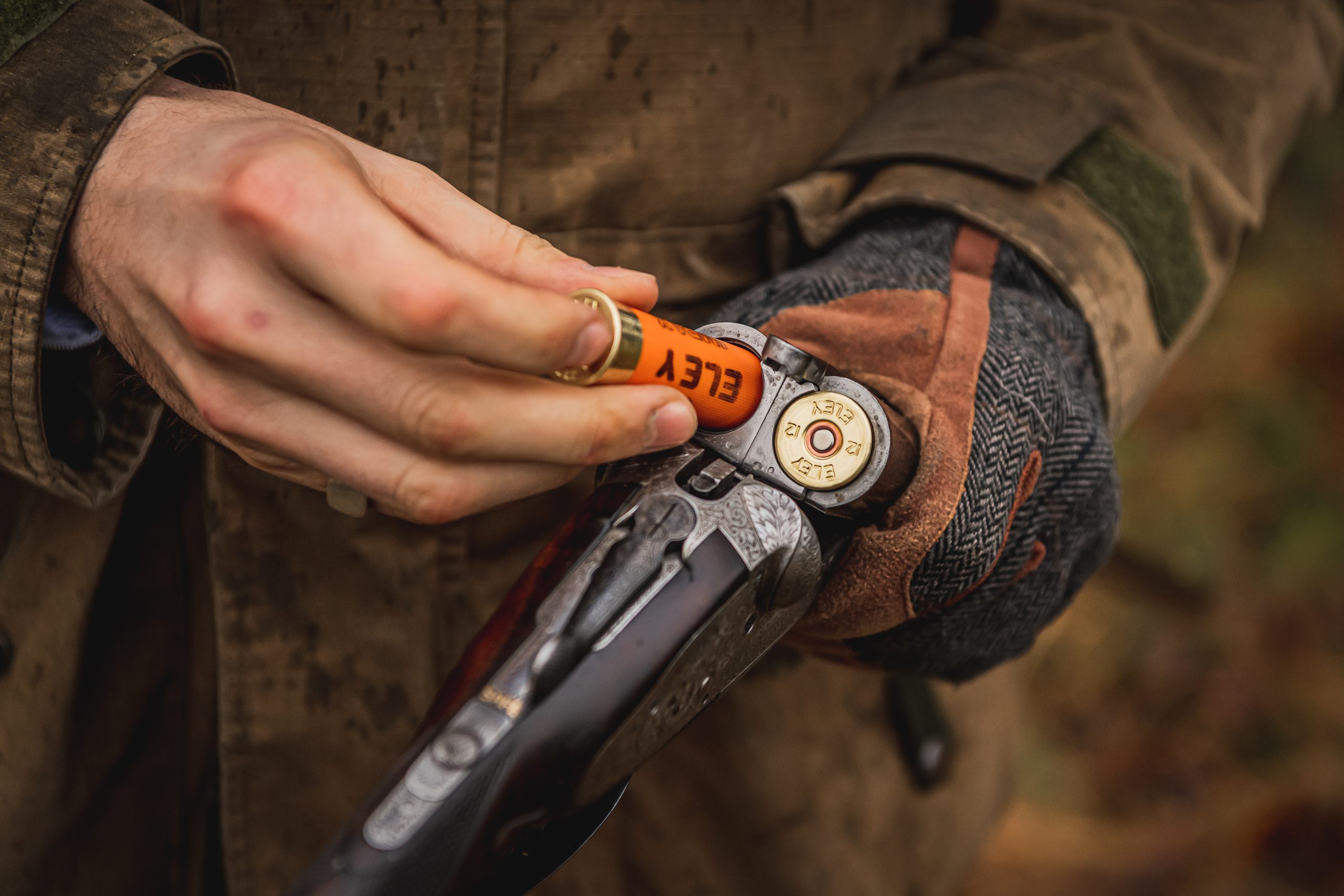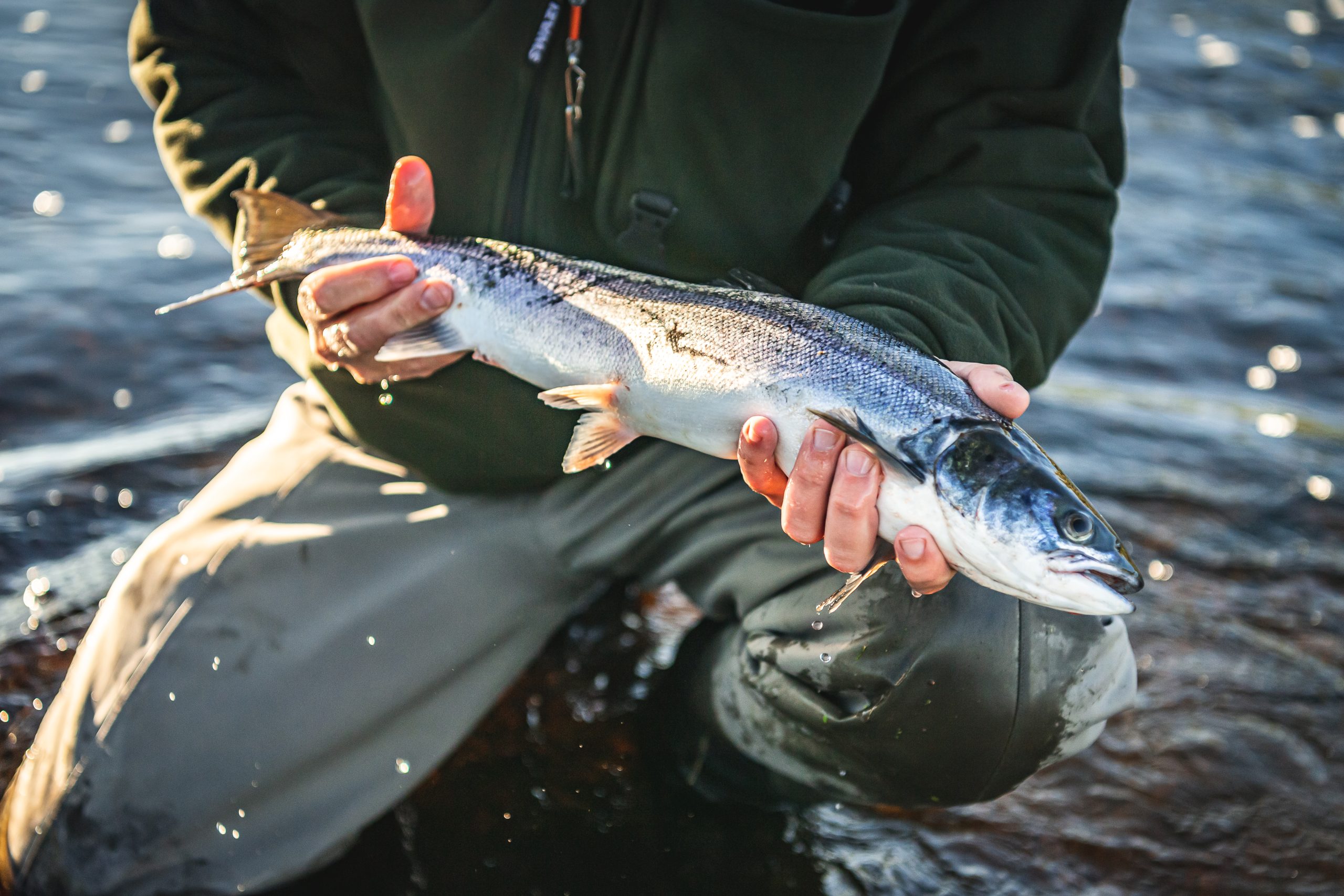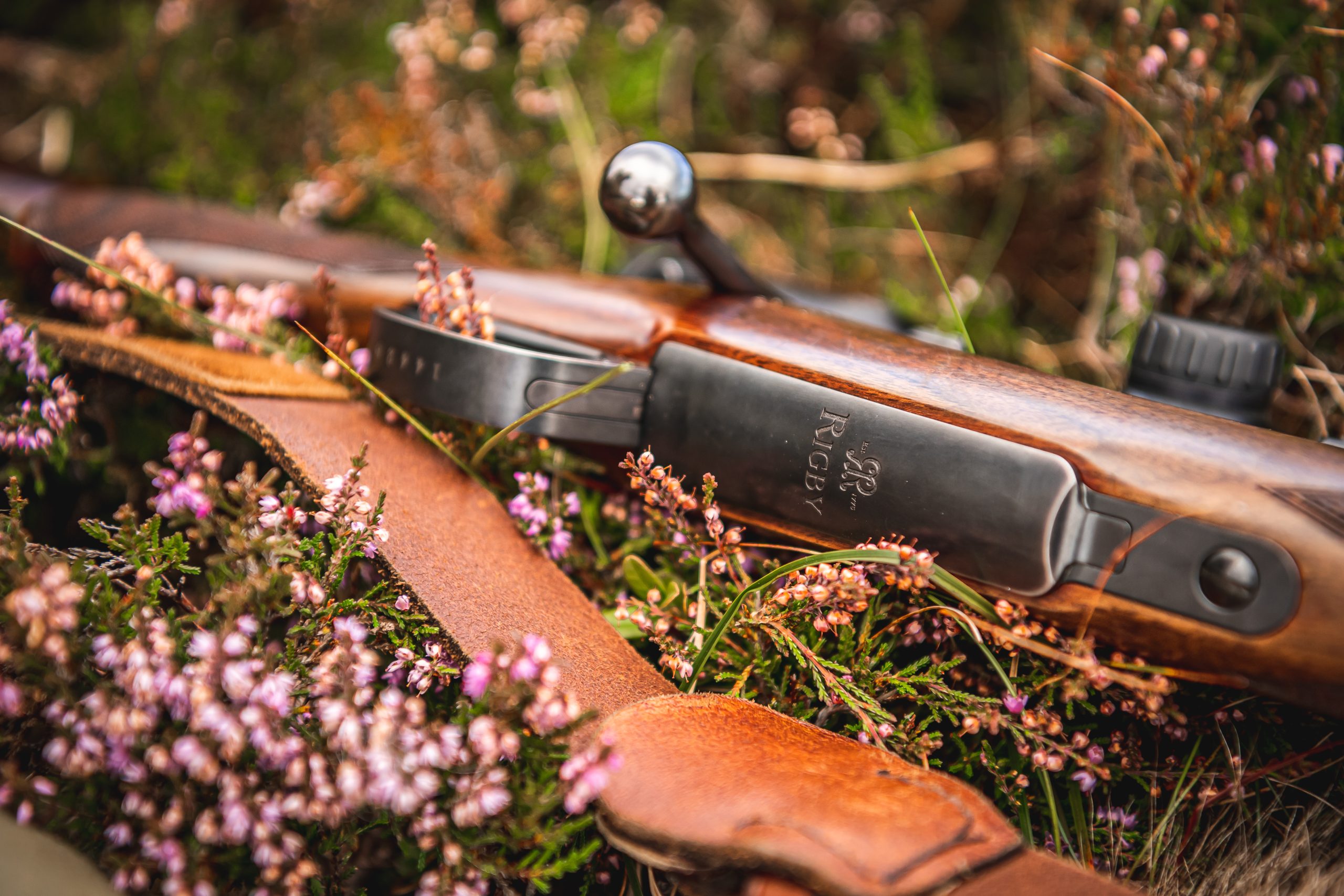Game shooting
Five of Norfolk’s finest shoots
A shoot day akin to a tasting menu... One lucky team enjoys a day's sport on a quintet of Norfolk’s finest driven shoots.
Would you like to appear on our site? We offer sponsored articles and advertising to put you in front of our readers. Find out more.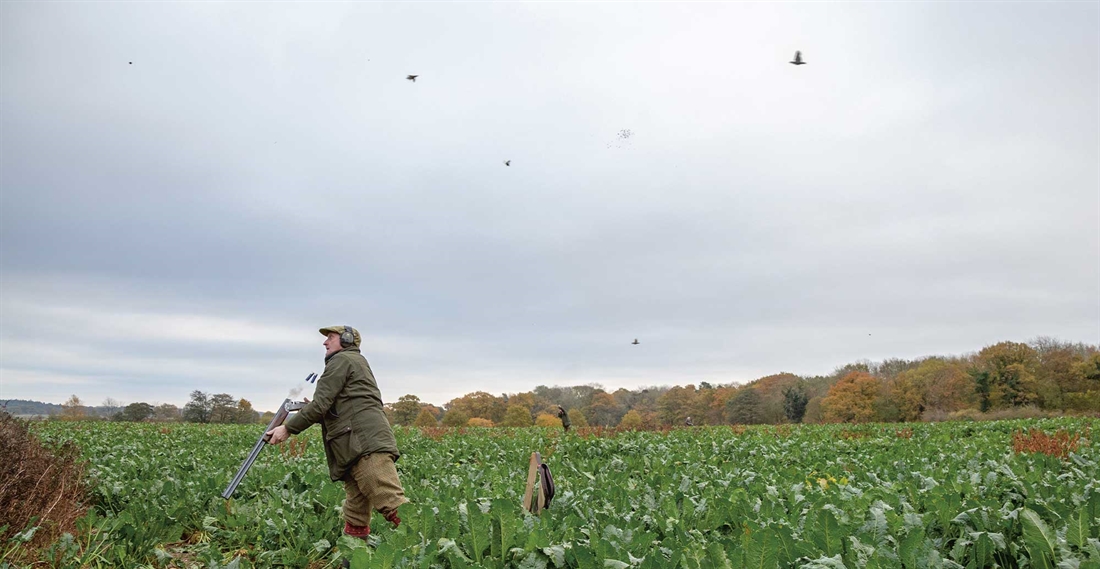
Norfolk has long had a reputation as one of the foremost counties for driven partridge shooting in the UK – the flat arable land, and thick, high hedgerows so well suited to the sport in its traditional format. However, despite my family’s annual visit to watch the famous autumn bird migration, the chance to pull on the tweeds for a day’s shooting had evaded me until November last year.
I had been invited to join a team of Guns on the Game & Wildlife Conservation Trust’s (GWCT) Norfolk Big Five Shoot – a day that I can only describe as a crash-course in Norfolk partridge shooting. In less than eight hours, our party lined out on five of the county’s finest shoots – MCC, Castle Rising, Le Strange, Jellylane Shoot, and Holkham.
This day had an extra twist, though. It had not been sold in the conventional way. Nor was it a diary date of a very privileged roving syndicate. In fact, Robert Barnard had won the experience in a raffle draw at the GWCT Norfolk Ball in the summer. Tickets for the shoot went on sale in September, cost £250 each, and were sold out by the following February, raising a total of £62,500 for the Trust and four other selected charities. “I was absolutely delighted when my name was called out by Teresa Dent,” Robert told me on the day. “But then I had the tricky task of deciding who would join me.” In the style of a true gentleman, he selected seven friends who were also present on the night and had also purchased raffle tickets. “All bar one of us actually live in Norfolk, and we couldn’t go without a token Suffolkonian!” he joked.
‘Congham Hall Hotel, 8:30am’ were the instructions given to the Guns by the Chairman of the Norfolk Committee and main organiser of the day, Justin Grady. The primary quarry species were redlegs and pheasants. Grey partridges were not on the agenda and adding one to the bag would attract a hefty fine.
MCC SHOOT
Donated by: David Flux
Headkeeper: Miles Gadsbey (Now Paul Grewcock)
Drive: Wash Pitt Wood
Acreage: 5,000
The MCC Shoot has been operating for the last 23 years and has expanded considerably in that time. “The majority of birds on our land are redleg partridges with the odd pheasant mixed in,” said Miles, who has in the last 18 months stepped down from his role as headkeeper. We stood and watched as the Guns took to their pegs in a horse paddock facing a belt of woodland. “We are particularly lucky to have such varied topography across our 5,000 acres, which is not the case for many estates in the county,” he added.
Miles checked his watch at 9am and radioed through to the beaters who had already blanked the surrounding fields into the wood we stood parallel to. It was time to start the drive. We were joined by Justin who was watching eagerly as three years of planning was about to unfold. “We have tried to prepare for as many eventualities as possible, and have tested the route a few times – we even have a spare vehicle on standby!” he remarked. “The first three shoots are sharing the beating and picking-up teams to save time, and we have alternative routes in place for traffic. But our best efforts could all be unravelled by the weather, so let’s hope it stays kind.”
A stiff breeze picked up and the first birds broke through the trees and over the right-hand side of the line, though they were too low to shoot at safely. Seconds later, shots were heard from the other end of the line. The first brace had been added to the bag.
Halfway through the drive a covey of greys burst over the horizon, their distinctive ‘sheer-ick’ calls cutting through the air as they made their way over the middle of the line, safe as houses. “We have quite a few pairs on the estate,” Miles said, “but sadly not enough to shoot. As we are only shooting tenants, we are limited to what we can do in terms of planting crops to encourage and nurture the population of greys and other wild birds. That said, each of the farms here are part of a stewardship scheme which does cater for wild birds, and we conduct a lot of vermin control which benefits an array of wildlife.”
The whistle sounded to signal the end of the drive, and a voice over the radio confirmed the bag had reached 42 (40 redlegs and two pheasants). Smiles of the organisers matched that of the Guns as everyone reconvened at the vehicles – stage one had been successful.
CASTLE RISING
Donated by: Lord Howard
Headkeeper: Danny Young
Drive: House on the Green
Acreage: 2,700
Castle Rising was next on the itinerary, an estate that has been in the Howard family since the 16th century. “It has a long history as a sporting estate,” explained current owner Lord Howard. “It was first used by Edward the Black Prince for hunting deer, and later, upon the Royal Family’s acquisition of the neighbouring Sandringham Estate in the mid-19th century, Castle Rising was used for game shooting to entertain King George V and his party of Guns on a number of occasions.
“Interest in the shoot gradually faded over time, until 20 years ago when Danny (Yorkie) Young took over the keepering and switched the focus from pheasants to partridges, subsequently restoring the pride in the shoot.” Today, Castle Rising hosts 22 family days and one charity day each year.
It wasn’t long until coveys of partridges were bursting over the hedgerow in front of us. And in what felt like no time at all the whistle was blown to signal the end of another exhilarating drive, despite birds still powering over the Guns. “That’s a rare treat to finish a drive early!” laughed Danny as he walked through the sugar beet to help the pickers-up. “Sadly we didn’t see any today, but there are around 30 pairs of greys on the estate. The farmers leave grassy margins around the field boundaries and have planted special stewardship seed mixes to provide extra benefits.”
It was tough finding the shot birds in the thick cover, but each of the Guns did their best to mark what they had killed to ensure that everything was accounted for. Due to the tight schedule, and of course space in the vehicles, the decision was made that none of the Guns would have a dog with them. A well-oiled picking-up team made up for the absence.
LE STRANGE SHOOT
Donated by: David Gorton
Headkeeper: Gareth Maund
Drive: South Hill
Acreage: 3,500
After a quick elevenses, it was time for the longest journey of the day – the 30-minute drive to the Le Strange Shoot in Hunstanton. Here the ground is gently undulating with the exception of a deep esker valley that cuts through the southern end of the park and makes for some challenging driven shooting.
“Robert is a great friend of mine,” said headkeeper Gareth Maund. “So we thought we would surprise the team and let them shoot on our signature drive, South Hill.” Partridges would be flushed over the tree tops with the line of Guns situated deep in the valley below.
I stood with Robert for the drive. “What a treat this is!” he admitted as he ejected spent cartridges, reloaded and readied himself to mount onto the line of another high partridge. “It’s very rare to find anything like this in the county.”
After some quality shooting, it was time for lunch. “Now for surprise number two!” called a smiling Gareth as we returned to the vehicles. We loaded up and left in convoy behind him.
After a few minutes we arrived at a footbridge that led to a small fortified building surrounded by a dry moat. Two fire pits smoked away either side of the entrance, and wicker baskets filled with muntjac and Chinese water deer sausage rolls, pheasant and partridge pâté, cold bottles of lager and more were taken into a cosy, candle-lit room.
The Octagon, as the building is named, was built in 1655 as a banqueting hall or music room and is referenced in P. G. Wodehouse’s 1930s novel Jeeves and the Impending Doom. “We bring all of our shooting parties here as most people have never seen anything like it,” said Gareth. “And my partner Becky Dixon prepares the food and drink. We like to make use of all the game and deer shot on the estate.”
JELLYLANE SHOOT
Donated by: Stephen Bett
Headkeeper: Michael Inwood
Drive: Lower Road
Acreage: 2,500
“The Jellylane Shoot in Thornham have also got another shoot on today, so we have planned our visit to coincide with their late lunch,” said Justin as he turned off one of the main roads and onto a dirt track. The beating team would have to take their lunch on the hoof, and they were already in position in a field of asparagus which led to a plot of miscanthus adjacent to a thick blackthorn and bramble hedge.
The estate has been in the Bett family since 1618. “Though it was certainly used for sporting purposes by my ancestors for the majority of those years, the shoot has developed the most over the last 25,” admitted Stephen. “Before then we would only offer days to family and friends, but we decided that to allow greater investment for conservation, staff wages, improvements etc., we would aim to let 10 days each season.” It is predominantly a redleg partridge shoot, with about a third of released stock made up of pheasants, and the ELS and HLS schemes that the estate is part of provide habitat for the estate’s English partridges. “Sadly, though, the wet spring/summer conditions in previous years mean we do not have enough greys to shoot.”
Crunching through the stubble to the pegs I spoke to Kevin Bowes, a long-serving trustee of the GWCT and one of Robert’s fellow Norfolkonians. “It has been a joy to have such variation between drives, none of which would have been possible without the generosity of so many people,” he smiled. “It’s so important that we support organisations like the GWCT who are able to conduct research into how we can achieve a sustainable future for wildlife of all species.”
The drive offered by Jellylane Shoot was the quickest of the day – with a very efficient picking-up team 41 birds were added to the bag. And so to the final drive…
HOLKHAM
Donated by: Lord Leicester
Headkeeper: Mark Fitzer
Drive: Ridgenut
Acreage: 25,000
As we entered the gated archways of the Holkham Estate, our combined 90 minutes of driving was nearly at an end. We pulled up to a stop on a stone-chip road a mile or so into the estate where we were greeted by Lord Leicester and (then) headkeeper Kevan McCaig.
It is believed that Holkham is the birthplace of driven game shooting, and there are records of hunting game that date back to 1793. It is an estate which takes great pride in its tradition; Kevan and his team all wore estate tweeds and a ‘Coke’ hat – or ‘Bowler’ hat as they are more commonly called today – which became part of the uniform in 1849 when Thomas William Coke commissioned London-based Lock’s Hatters’ master hatter, Thomas Bowler, to design a close-fitting hat that was strong enough to protect his keepers from low-hanging branches while out horse riding. Though not functional today, they still look the part.
“We have chosen this particular drive as it is quick to blank in and always holds a good number of birds. We were conscious that there could be a delay in the Guns getting here, and the days are short!” said Kevan. Rust-coloured leaves created a stark backdrop against the verdant green of the oilseed radish field we were standing in.
“We are big supporters of best farming and conservation practices here,” said Lord Leicester. “Aside from our ongoing grey partridge work, Holkham is one of a select few private estates that has been awarded with an Approved Body status under Section 35 of the Wildlife and Countryside Act, allowing us to manage the Holkham National Nature Reserve.”
The pheasants powered out of the maize and into the dimming evening sky. It made for an exhilarating and memorable finish to the day’s shooting. Seventy-nine pheasants were accounted for, along with two partridges and an unlucky jay.
The final whistle of the day had sounded, but we were still on a tight schedule. The party were to receive yet another outstanding experience by way of a unique and convivial three-course dinner cooked by Michelin-starred game chef Galton Blackiston and Neil Alston in Holkham’s historic Temple building. Though my invitation didn’t extend so far as to a seat at the immaculately laid table, I was assured by both Justin and Lord Leicester after the day that the main course of venison Wellington with seasonal vegetables – which I could smell cooking as I said my farewells and was handed a brace of oven-ready pheasants – was to die for!
Total bag: 297 (203 partridges, 93 pheasants & 1 jay) FS
Related articles
Game shooting
The Glorious Nineteenth
Rhode Island may not immediately come to mind as a prime destination for a shooting trip, but The Preserve Sporting Club and Resort is changing that perception.
By Time Well Spent
Game shooting
Lunar escape
Likened by some to shooting on the moon, Morocco’s El Koudia is full of adventure, unique experiences and an abundance of terrain that you simply won’t find elsewhere
By Time Well Spent
Get the latest news delivered direct to your door
Subscribe to Fieldsports Journal
Elevate your experience in the field with a subscription to Fieldsports Journal, the premium publication for passionate country sports enthusiasts. This bi-monthly journal delivers unparalleled coverage of game shooting, fishing and big game across the UK and beyond.
Each issue offers a stunning collection of in-depth features, expert opinions and world-class photography, all presented in a timeless yet contemporary design. By subscribing, you’ll gain access to authoritative content from plain-speaking writers who tackle complex subjects with confidence and experience.
Plus, UK subscribers enjoy exclusive benefits including £2 million Public Liability Insurance for recreational and professional use of shotguns, rifles and airguns. Whether you’re a seasoned shooter or an intrigued novice, a Fieldsports Journal subscription is your gateway to enhancing your field sports endeavors and staying connected to the country way of life.


Manage Consent
To provide the best experiences, we use technologies like cookies to store and/or access device information. Consenting to these technologies will allow us to process data such as browsing behavior or unique IDs on this site. Not consenting or withdrawing consent, may adversely affect certain features and functions.
Functional Always active
The technical storage or access is strictly necessary for the legitimate purpose of enabling the use of a specific service explicitly requested by the subscriber or user, or for the sole purpose of carrying out the transmission of a communication over an electronic communications network.
Preferences
The technical storage or access is necessary for the legitimate purpose of storing preferences that are not requested by the subscriber or user.
Statistics
The technical storage or access that is used exclusively for statistical purposes.
The technical storage or access that is used exclusively for anonymous statistical purposes. Without a subpoena, voluntary compliance on the part of your Internet Service Provider, or additional records from a third party, information stored or retrieved for this purpose alone cannot usually be used to identify you.
Marketing
The technical storage or access is required to create user profiles to send advertising, or to track the user on a website or across several websites for similar marketing purposes.

